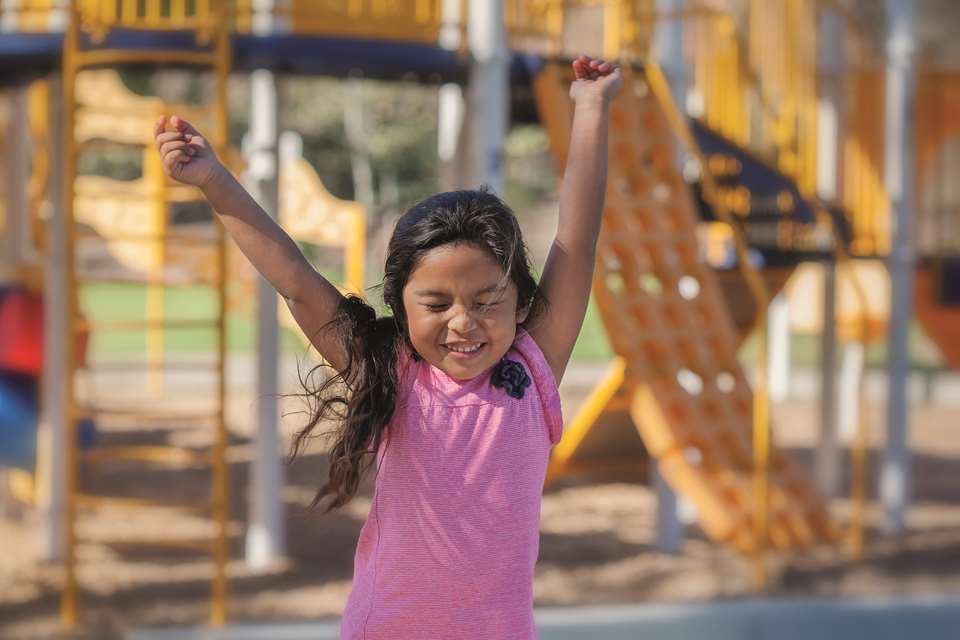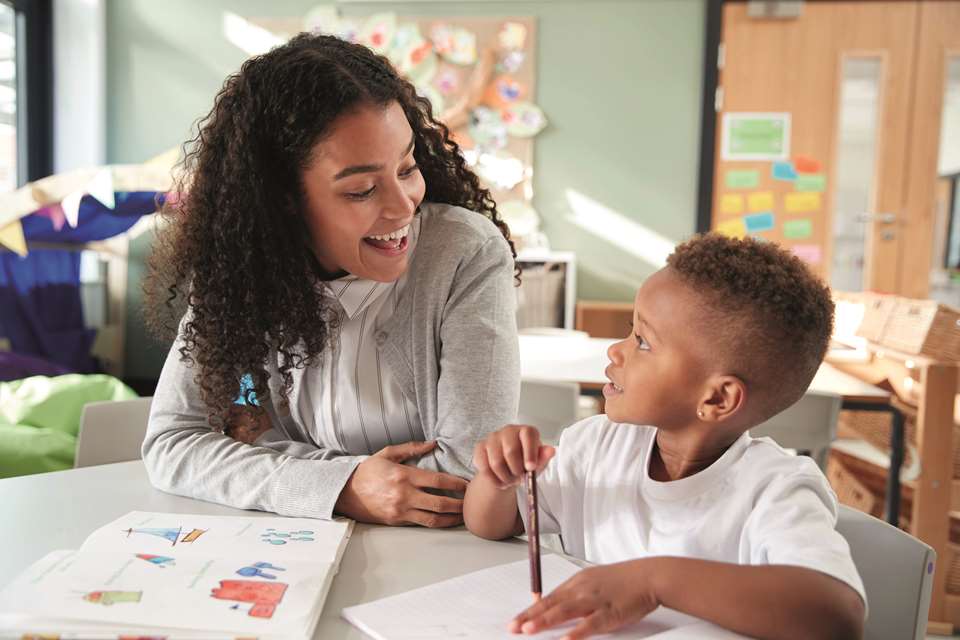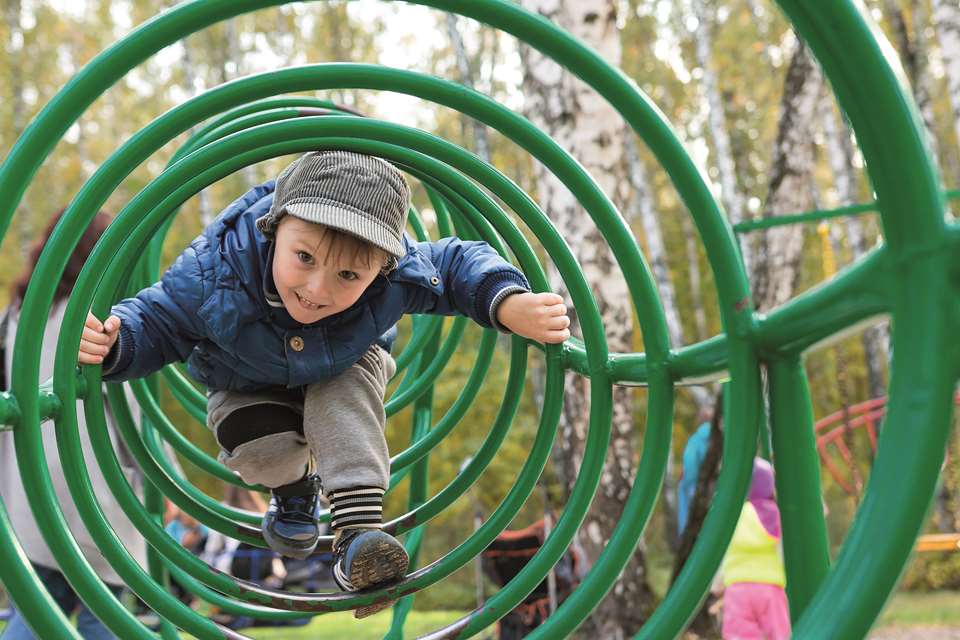Special report: Integrating STEM in your curriculum
Meredith Jones Russell
Monday, August 1, 2022
When providing STEM learning opportunities, how can early years settings harness both children’s innate curiosity and their everyday resources, asks Meredith Jones Russell
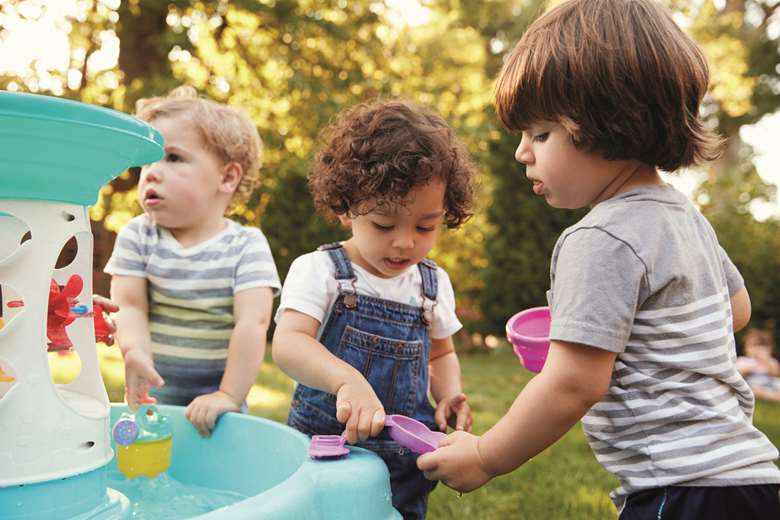
The revised EYFS gives free rein to practitioners when it comes to implementing science, technology, engineering and maths, or STEM, skills as part of learning.
Jean Piaget said children naturally act like ‘little scientists’, exploring the world through experimentation and investigation.
With this in mind, when building a STEM-friendly learning environment, practitioners can rely on children’s natural curiosity, says Phil Armstrong, head of regional development south at Early Excellence.
‘It’s all about building on the fascinations children have about the world, and discovering what makes things tick, be it natural or man-made, and capitalising on that,’ he explains.
‘For most of us, that is about deepening our understanding of the potential of what we already have in our environments, rather than creating something new.’
Armstrong suggests taking time to go through all the resources in a setting and ask why they are there. In an early years environment, he says, almost everything required for a rich STEM experience will already be present.
‘Start with your basic provision, and really appreciate its possibilities to enrich learning experiences,’ he says. ‘Maybe that just needs some support and thought, and putting our science goggles on to really see the science, technology and engineering potential of the resources we have got.
‘When you’re in your water area, for example, you can offer mathematics with capacity, reading scales and filling beakers, but also explore how water moves, while at the same time making stories using small world. Everyone needs to understand that potential, and revisit it regularly, so all interactions can be as fantastic as possible.’
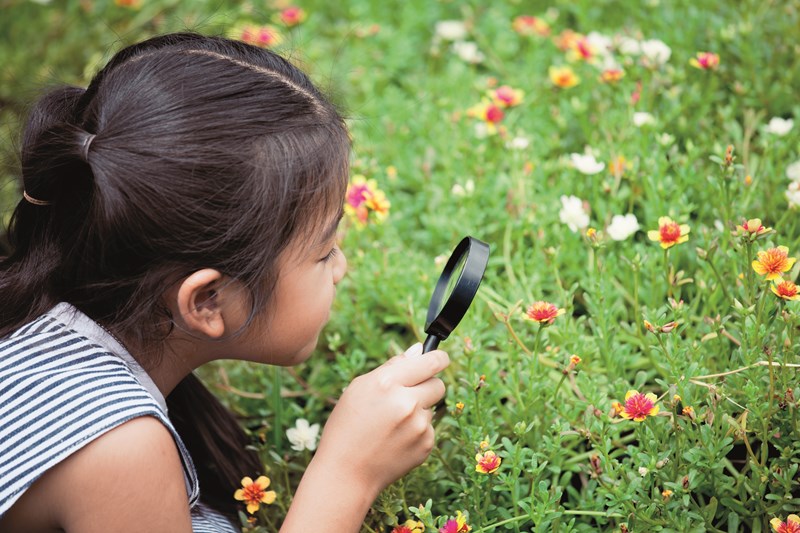
A LOVE OF STEM
Confidence can be lacking when practitioners start to address their STEM approach.
Dr Sally Moomaw, author and professor of early childhood education with a focus on mathematics and science, explains, ‘There are barriers for early educators in terms of STEM, which largely come from not feeling comfortable in those areas. A lot of adults were educated to memorise things, especially in maths. They memorised algorithms or rules for solving problems, without ever doing the most important part, which is thinking about the problem, what it means and how to solve it.’
Negative attitudes towards the subjects can persist.
‘Our own experiences of school science, mathematics and design technology perhaps weren’t as positive in school, and we often reflect our attitudes onto maths as well,’ Armstrong agrees.
‘I think it’s a great shame that the EYFS educational programme for maths finishes with “it is important that children develop positive attitudes and interests in mathematics”. I’d rather it said “it is important that we help children develop a love of maths”.’
Meanwhile, Understanding the World, of which science is a large part, can be overlooked.
‘It can be a bit of a Cinderella subject,’ Armstrong says. ‘Like Expressive Art and Design, it is kind of added on, and because neither is part of the Good Levels of Development (GLDs), there is a risk that we don’t give them the focus they deserve.’
EVERYDAY SCIENCE
When fully included in provision, STEM can be incorporated into almost all areas, Dr Moomaw says. ‘STEM constantly pops up in areas like art and music. With wood blocks or triangles of different sizes, children learn as they tap them how the size of an object, or what it is made of, affects its sound. No artist can begin to fully create until they understand the properties of the materials they’re using.’
Any focus on STEM should not, therefore, undermine a broader view of everything that is happening in a setting, Armstrong warns.
‘We’re always trying to think holistically within the early years, but the idea of STEM slightly jars with that,’ he says. ‘We probably need a new acronym, because we should be thinking about all the areas of curriculum at the same time. Some people call it STEAM, with art in there as well, but, after a point, maybe it should just become “curriculum”.
‘There’s an expression, “everyday geography”, but we should really have “everyday sciences” too, and ask ourselves what STEM activities children are doing all the time that are just part of everyday experiences.
‘It’s about picking apart the learning in the play. We tend to isolate science and engineering and see them as separate, rather than as part of a whole.’
TECHNOLOGY EXPERIENCES
One specific element of STEM, however, can pose distinct challenges. Technology is difficult for many settings to fully address, due to time and budget constraints.
‘For many children, the technology they have at home is way beyond what we could offer in early years provision,’ Armstrong acknowledges. ‘But at the same time, we know there’s inequality of access.’
The quality of experience with technology within settings can be varied, he adds.
‘Computers in classrooms don’t necessarily always work that well, and you spend so much time doing administration with the equipment that the learning can be very low-level. Having said that, I’ve seen children working amazingly well using things like iPads that are just part of continuous provision; capturing their own learning, videoing themselves and their friends and taking photographs and uploading into class books online.
‘I think because technology is so fast-changing but also costly, it’s about how we make what we have meaningful to children. And that equality of experience needs more exploration.’
Importantly, he says, we should be aware of the world children are living in. ‘There’s no longer really any emphasis on Information Technology in the Revised Framework at all, which seems like a mismatch between what we’re being asked to do and reality.’
STEM OPPORTUNITIES
In the water tray, encourage children to use funnels by adding a board with holes in for the funnels to sit in. ‘That frees the child’s hands up to pour water into the funnels and watch what happens,’ says Dr Moomaw.
Even snack time can be useful for understanding about STEM, Dr Moomaw adds. ‘Children can figure out how many napkins they need for each table when they’re really young, just by grabbing a bunch and giving one to each person. Later, they begin to realise they can match a napkin to a chair, and then when they’re more sophisticated in their understanding, they realise that’s the purpose of counting; to count the chairs, then count the same number of napkins.’
Cleaning up can also present opportunities for STEM. ‘Children are always spilling their juice, but you can encourage them to investigate cleaning it up by leaving out two little plates by the sink, one with a dry sponge and one with moist, and let them test it out,’ Dr Moomaw says. ‘They quickly find the moist sponge will absorb the juice.’
Dr Moomaw suggests making a ‘geology shake’ by encouraging children to mix water, sand, rocks and shells in a clear bottle or jar. ‘They put the lid on and shake it and it’s a murky mess. But while they make another, with different stuff, they’ll notice the first one has started to clean itself out, because the sediment starts to fall to the bottom. Children can keep making them, they last, they are easy to assemble, and children can learn so much about sedimentation.’
Bug hotels also help explore the natural world in the setting, says Rageena Thair, head of EYFS at Fennies Nurseries. Children can collect a pile of sticks and leaves in a dark area of the garden. Over time, they can observe and discuss the different insects that might have made a home there.
Beyond the setting, Thair adds, a nature walk encourages families to note and be aware of their environments, while setting up a sensory hunt around the house can help children identify things which are smooth, rough, bumpy, fluffy, hard or smelly.
Thair suggests introducing simple technological resources for younger children that demonstrate cause and effect, such as toys with buttons that light up. She adds, ‘Even everyday journeys can provide opportunities to learn, from pressing the button at a crossing and using the self-service checkout at supermarkets to noticing different modes of transport.’ Moving away from the digital aspect, activities such as making a paper-cup phone are just as good for introducing STEM concepts.
Case study: Fennies’ STEM programme
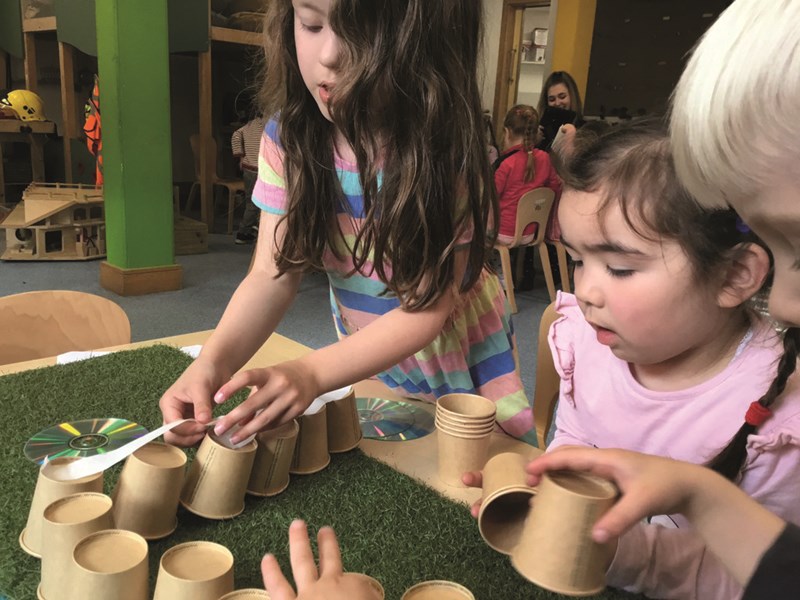
‘We’ve all been impressed by the number of times a toddler can use the word “why” in conversation,’ says head of EYFS at Fennies Nurseries, Rageena Thair. ‘We wanted to give them the opportunity to ask that, and get the answer as well.’
With this in mind, Fennies set up a group-wide STEM programme two years ago.
‘We realised that when children learn through STEM activities, experimentation and exploration, they are more likely to retain what they’ve learned,’ Thair says. ‘We naturally came to the realisation that everything that we do has a STEM aspect to it.’
As part of the programme, all staff were trained in recognising STEM opportunities in their interactions with children. They were not initially enthusiastic, Thair acknowledges.
‘I think the initial response from staff was, “Oh no, another area of learning. We already have seven, now we’ve got to do more.” When our education team and managers went into rooms and asked staff about activities, they would say they hadn’t got a STEM activity out.
‘It might not have been their intention for an activity to be STEM-related, but when their eyes were opened to the STEM that was already happening, like a child rolling cars down a ramp or exploring the sensory feel of sand, they became more confident enhancing activities by asking questions and guiding play by introducing new concepts.
‘It was a slow process, but now they are all fully on board. They have realised STEM doesn’t fit under one of the seven areas; it fits under them all.’
case study: Little Barn Owls
Inspired by the Reggio Emilia approach, Little Barn Owls Forest and Farm School Nurseries in Southwater, Horsham and Farlington are led by the idea of the environment as the third teacher.
‘Our environments are built with thought-provoking resources and materials, such as laptops for research, microscopes, webcams and cameras,’ says Kerry Smith, head of children’s and adults’ learning. ‘Technology is part of every day in our environment.’
STEM is embedded from the beginning, with lightboxes and overhead projectors in every room. ‘We see the line of enquiry go from babies finding out “what it is” to toddlers discovering “how it works”, and then moving up to pre-school age, they begin “using it for a purpose”,’ Smith explains.
‘For babies, using a projector just means switching it on and off to understand cause and effect. As toddlers, they start to recognise what they can use it for, so we put something on the projector they recognise, like a small animal or teddy. When they’ve gone through all that, they can use it for real purposes, like shadow work.’
Children take photos of natural elements such as leaves and flowers on iPads, then use wide-angled-, macro- and micro-lenses that clip to the iPads to compare the images. They then draw what they see, or talk about the colours, patterns and shapes.
Tech equipment doesn’t have to cost the earth, says Smith.
‘We use eBay to source second-hand materials, and we’ve found things like typewriters at car-boot sales. We repurpose old equipment like staff walkie-talkies, which get added to treasure baskets. We also get items from parents, even things that don’t work, like keyboards, laptops or phones. Children gain knowledge and independence from these resources.’
Recommended resources
TTS Group offers a range of ‘STEAM’ resources to help children to be inventors, architects and engineers of their own learning.
Creative Star’s Messy Maths: 50 Things to Do Before You Are Six and Three-Quarters, available from Cosy Direct, is a weatherproof set of play-based suggestions for everyday outdoor activities that promote mathematical learning, with challenges and explanations on every card.
Hope Education offers a wide variety of resources to support children’s scientific exploration of sand and water, as well as messy play. Products range from sand and water trays, tables and stands to accessories such as bowls, bubbles, rollers, funnels and tools.
Developing Young Mathematicians is an online course from Early Excellence helping practitioners to review and develop their approach to teaching maths in the EYFS and Key Stage 1. The three modules are available for six months, giving staff time to plan CPD meetings and undertake the suggested activities.
Yellow Door has developed a range of apps for iPad and Android tablets and Windows and Mac computers to help children achieve the Early Learning Goals through independent and collaborative play.
MORE INFORMATION
‘Revised EYFS - In focus… Understanding the World’:
Download Now

